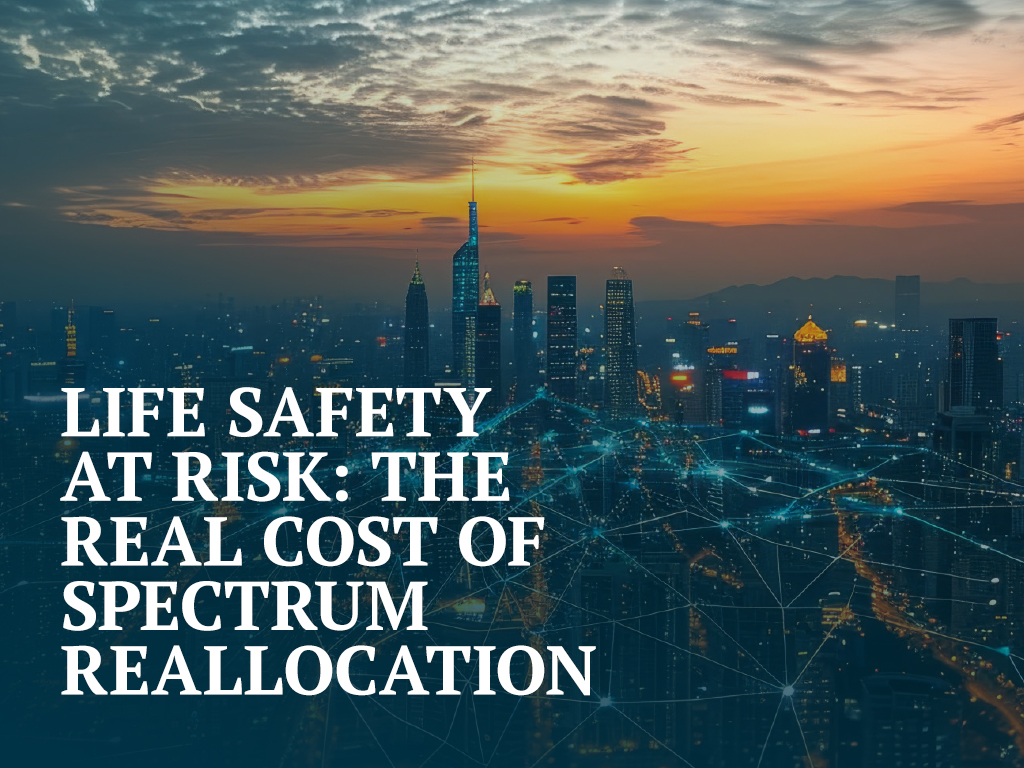Life Safety at Risk: The Real Cost of Spectrum Reallocation

By Taylor Criddle, VP of Advocacy and Public Affairs
The Lower 900 MHz band (902–928 MHz) is the backbone of an entire segment of the life safety and security industry. Under FCC Part 15, this unlicensed spectrum enables millions of low-power wireless devices to operate — including smoke detectors, panic buttons, medical alerts, alarm panels, video surveillance, and electronic access controls. Its ability to transmit signals through buildings while maintaining reliable communication over extended distances makes it essential for emergency systems.
Now, that reliability is under serious threat.
NextNav has petitioned the FCC to carve out and license a 15 MHz portion of this band to build a terrestrial Positioning, Navigation, and Timing (PNT) network. Their plan would not only split the band for high-powered broadband use but also strip away long-standing interference protections that keep unlicensed life safety devices functional and safe.
If approved, nearly 100 billion existing devices would be forced into just 40% of their current spectrum. High-powered transmissions from NextNav would likely overwhelm low-power devices already in the field, making them slower, unreliable, or entirely non-functional. These risks are not theoretical. They represent practical, life-threatening failures waiting to happen.
Imagine pressing a medical alert pendant and the signal doesn’t reach help. A school panic button fails to notify first responders. A smoke detector triggers, but the alarm never makes it through. These are the real-world consequences of flooding this critical band with interference.
The cost of replacing or reengineering every one of these devices would be staggering — potentially billions of dollars, if it’s even feasible. For many businesses, institutions, and homeowners, retrofitting simply isn’t an option. And for manufacturers, decades of trust with end users could be wiped out overnight.
ESA members across the country are sounding the alarm. We support innovation, but not at the expense of public safety. The current Part 15 shared-use model works: it is stable, affordable, and time-tested. NextNav’s proposal would dismantle that framework to benefit a single commercial venture.
The FCC’s mission is to protect the public interest. That means putting life safety first, especially when decades of reliable performance are at stake. ESA urges the Commission to reject this proposal and instead open the door to a transparent, collaborative process that includes alarm companies, public safety experts, and consumers who rely on this technology every day.
There may be a future for NextNav’s system — but not if it jeopardizes the networks people trust to save lives.




